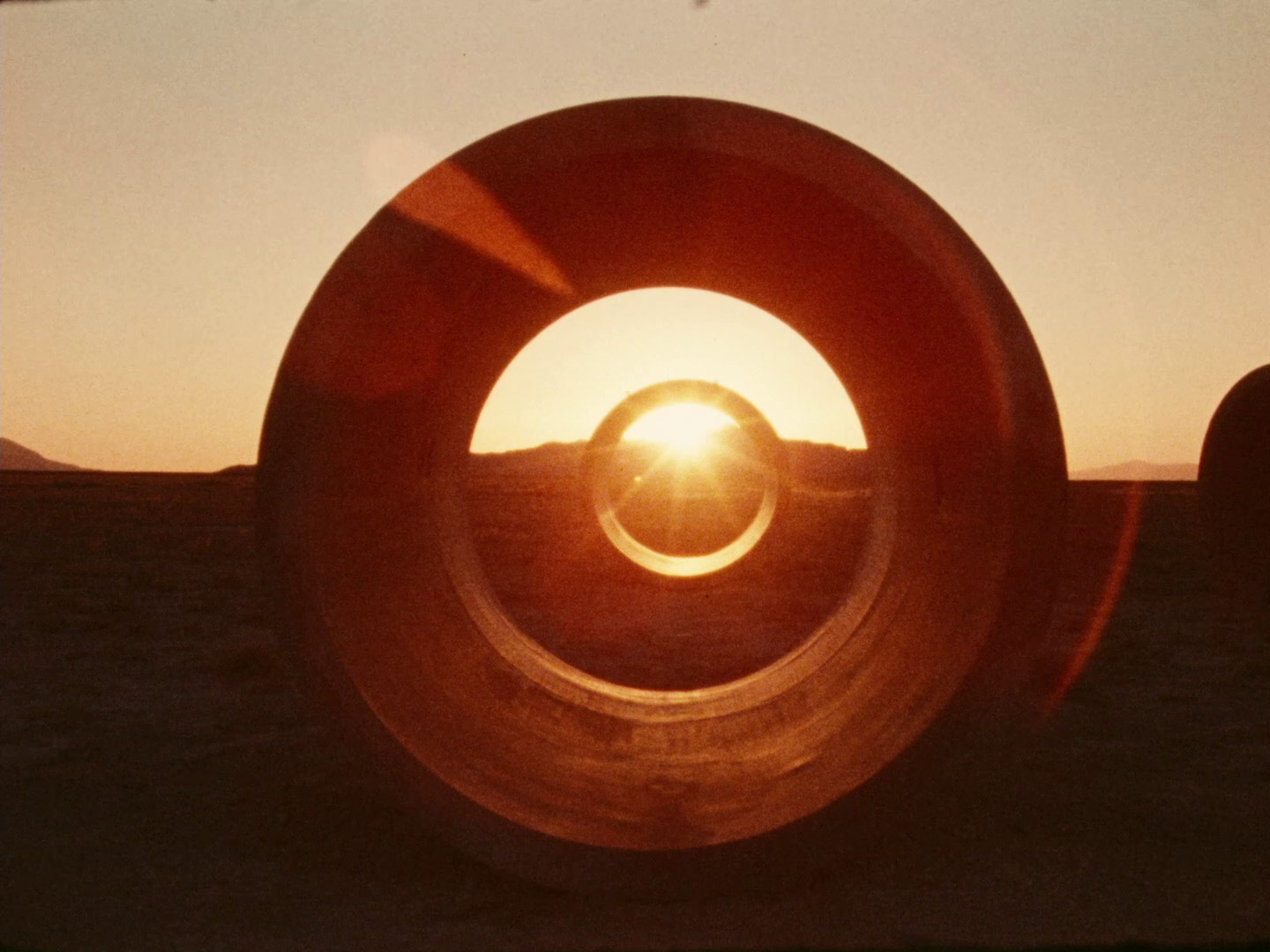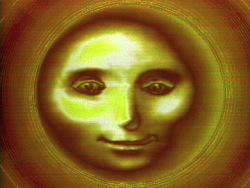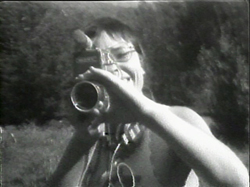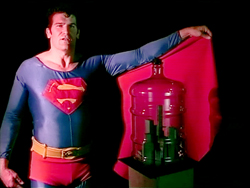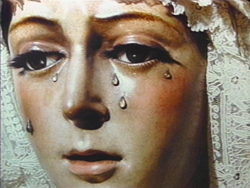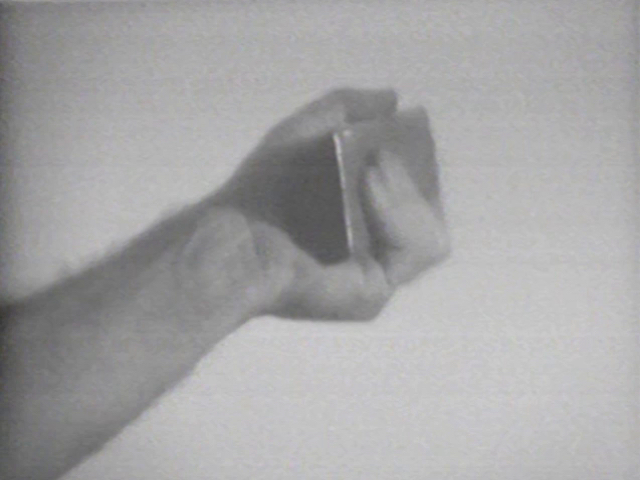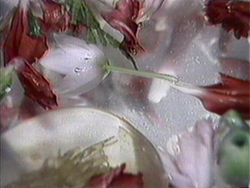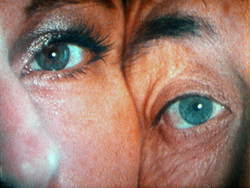Search Results
Search Results
Title Results
Your search returned 791 Titles
Sun Tunnels documents the making of Holt's major site-specific sculptural work in the northwest Utah desert. Completed in 1976, the sculpture features a configuration of four large concrete tubes or "tunnels" that are positioned to align with the sunrise and sunset of the summer and winter solstices. With stunning footage of the changing sun and light as framed by the tubes, Sun Tunnels calls attention to human scale and perception within the vast desert landscape.
Sunstone is a landmark tape. Symbolic and poetic, it is a pivotal work in the development of an electronic language to articulate three-dimensional space. The opening image is an iconic face, which appears to be electronically "carved" from stone. A mystical third eye, brilliantly crafted from a...
"Superdyke gives the superhero a witty dyke inflection. It runs from mellow nature-loving to savvy urban pop, showing the thematic range of its author and the multiplicity of lesbian experience." — Juan Antonio Suarez
Winner of the Louise Riskin Prize at the 1976 San Francisco Art Festival, Superdyke Meets Madame X documents the Barbara Hammer’s relationship with Max Almy on a reel-to-reel ¾” videotape recorder and microphone. This was Hammer’s first foray into recording with the Sony Portapak and was produced as part of a skill swap with Almy.
Superman Recites Selections from 'The Bell Jar' and Other Works by Sylvia Plath
Mike Kelley
1999, 7:19 min, color, sound
Kelley writes: "In a dark no-place evocative of Superman's own psychic 'Fortress of Solitude' the alienated Man of Steel recites those sections of Plath's writings that utilize the image of the bell jar. Superman directs these lines to Kandor, the bell jar city that represents his own traumatic past, for he is the only surviving member of a planet that has been destroyed."
Writes Torres: "Shot entirely in Seville, Sur del Sur investigates the history of one of the few cities in Spain where one can actually perceive all the layers of its history in a synchronic way. Challenging the perception of a linearly developing history, this piece explores the coexistence of...
In Surprise Attack the camera focuses on Richard Serra’s lower arms as he tosses a piece of lead from one hand to another and recites a text from Schillings’ “The Strategy of Conflict.” The rhythm of the throwing is in sync with the emphasis of the reading, accentuating the implications of the...
SweetBerry Sonnet (Remixed) is a remixed version of Linzy's recent video anthology, which was created to accompany the songs on Linzy's 2008 album, SweetBerry Sonnet. Performing as his recurring characters (including Taiwan, Labisha, Katonya, Nucuavia and Jada), Linzy created a music video for each R&B-inspired song on the album. With titles such as "Dirty Trade" and "Edge of My Couch," the songs—all written and performed with sublime theatricality by Linzy—trace a melodramatic arc of desire and loss.
Symptomatic Syntax is a recreation of an ecological environment in which natural forms — leaves, flower petals, butterfly wings — form an ever-changing, visually compelling series of compositions. Juxtaposed with these organic forms is a series of texts that examine time, logic, and the dichotomy...
"A lesbian/feminist aesthetic proposing the connection between touch and sight to be the basis for a 'new cinema.' The film explores the tactile child nature within the adult woman filmmaker, the connection between sexuality and filmmaking, and the scientific analysis of the sense of touch." — Barbara Hammer
